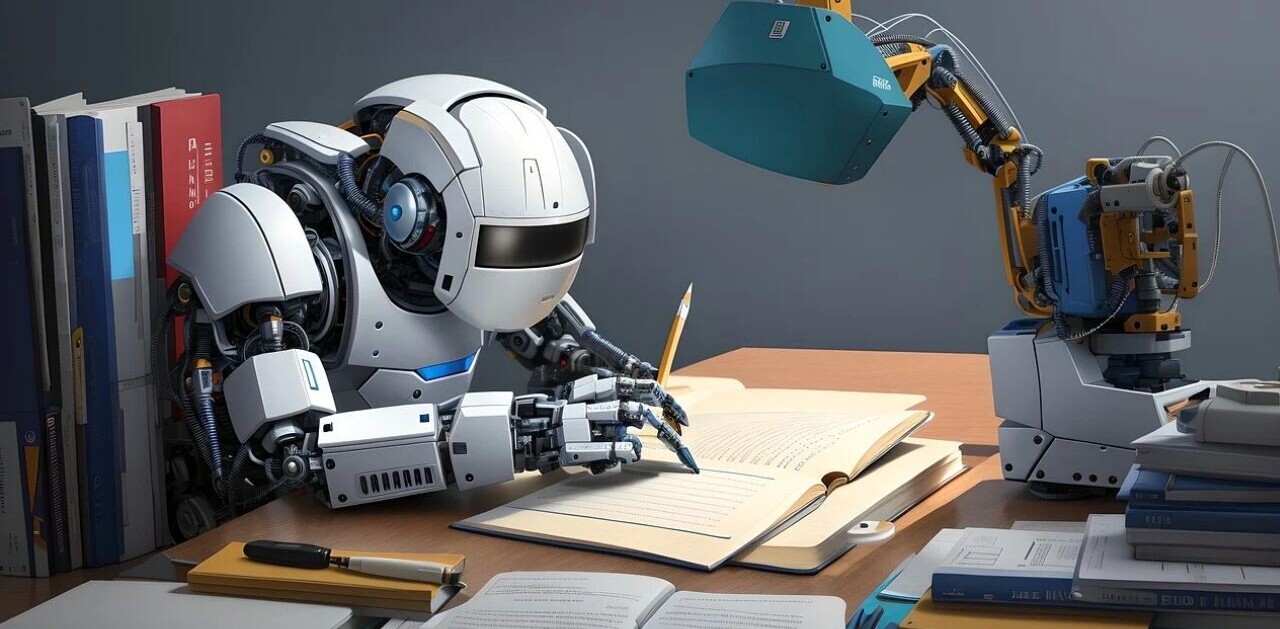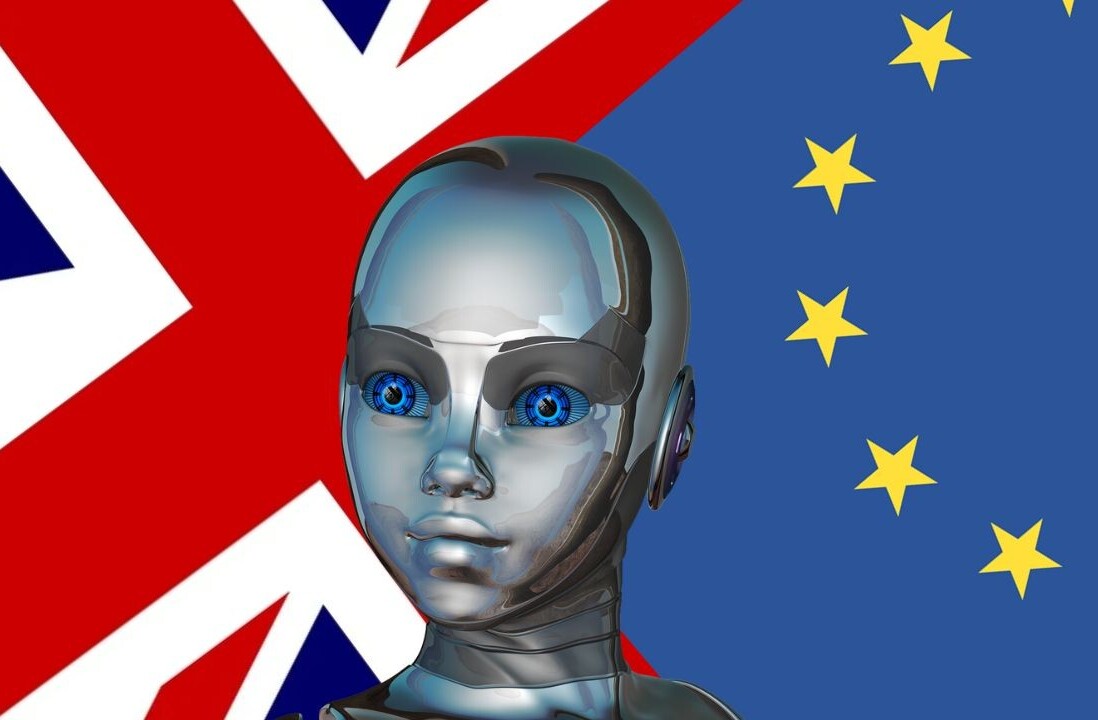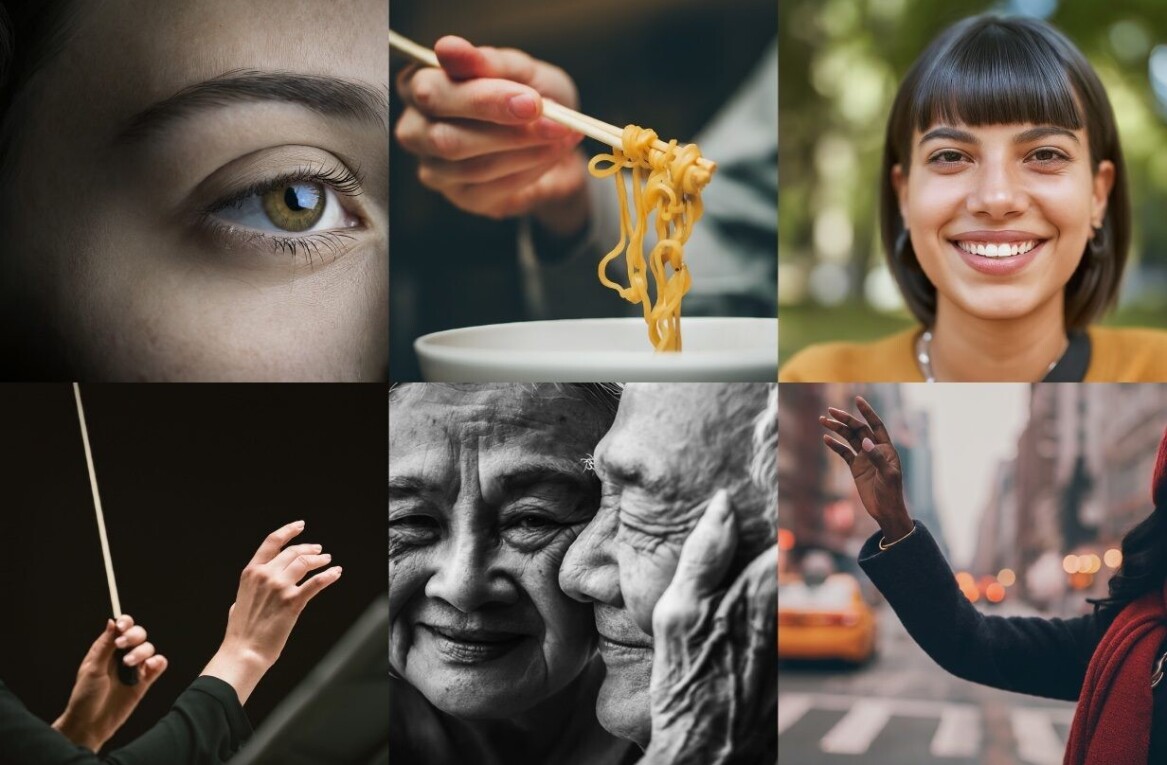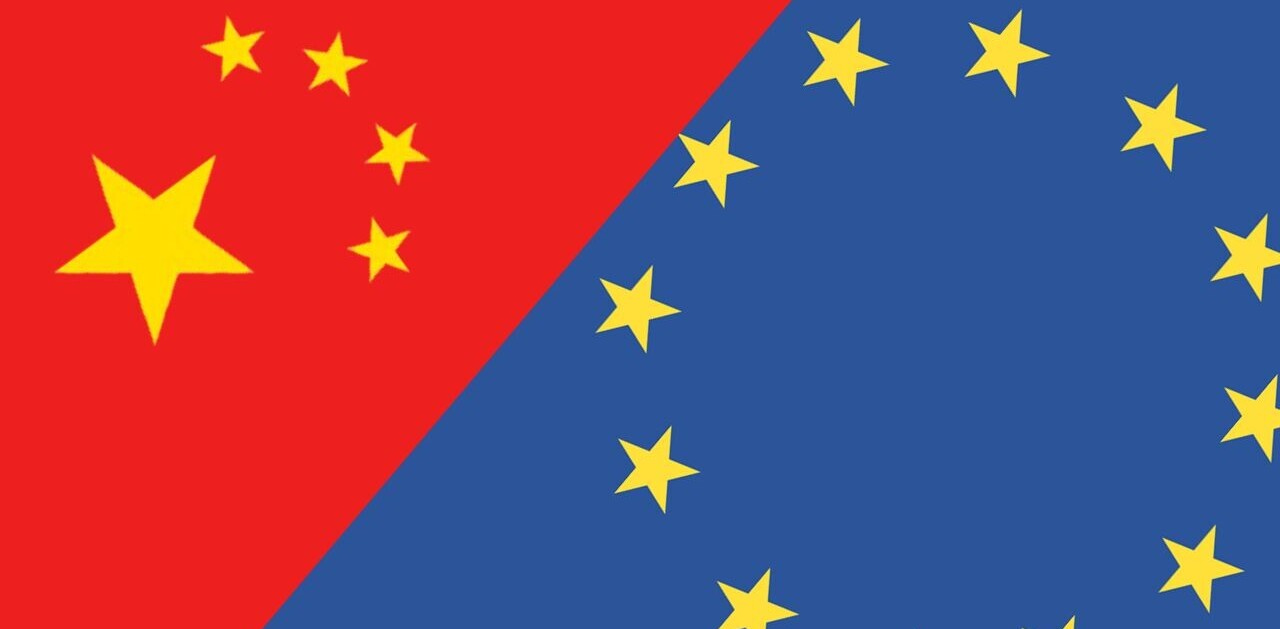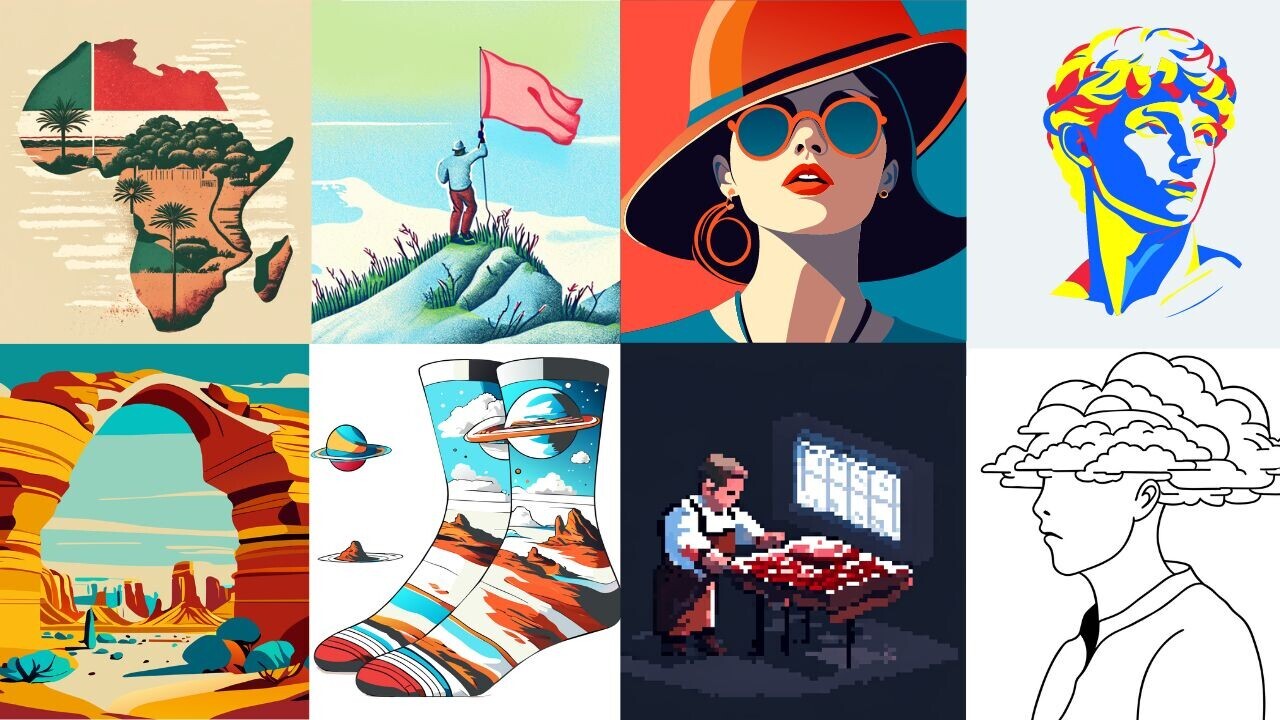
An AI design startup/generator will swerve the likes of Stable Diffusion after raising $12mn (€11mn) to build its own foundation model.
Recraft is billed as the first-ever AI tool for generating and editing vector art, icons, 3D images, and illustrations within a brand’s style guide. By leveraging generative AI, the product creates layouts, fonts, colours, and illustrations. In the eight months since launch, Recraft claims to have attracted over 300,000 users.
As a product for professional designers, the system has to offer a high degree of control. With the new foundation model, Recraft promises another level of creativity.
The London-based startup is pitching the incoming system as an alternative to open source AI platforms such as Stable Diffusion. These tools are accessible popular and accessible art generators. Users can fine-tune them to customise the models for specific tasks, but they will face significant constraints. According to Recraft, the process severely limits the quality of images.
“Fine-tuning cannot make the model learn new things,” Anna Veronika, the CEO of Recraft, told TNW. “If the model cannot generate football players or a ballet dancer, then fine-tuning cannot help it. This is what happens with the Stable Diffusion model, and any other alternative. So the next step to improve image generation quality is to build your own foundation model.”
Foundation models, however, don’t come cheap. With the fresh cash infusion, Recraft is confident that the vision will become a reality. The Series A round was led Khosla Ventures and Nat Friedman, the former CEO of GitHub.
Work is already underway on the foundation model, which will use a pre-trained, deep-learning algorithm.
“It will be much bigger in size, and has a different architecture which enables better anatomy, detail quality, and more complex text descriptions,” said Veronika, who previously created CatBoost — one of the world’s most popular machine learning frameworks.
The foundation model will play a fundamental role in Veronika’s grand ambitions. She believes that AI is driving the future of the design industry — and wants to grab the steering wheel.
“Taking part in it right now will have a huge influence on how it will look in the coming years.”
Get the TNW newsletter
Get the most important tech news in your inbox each week.
